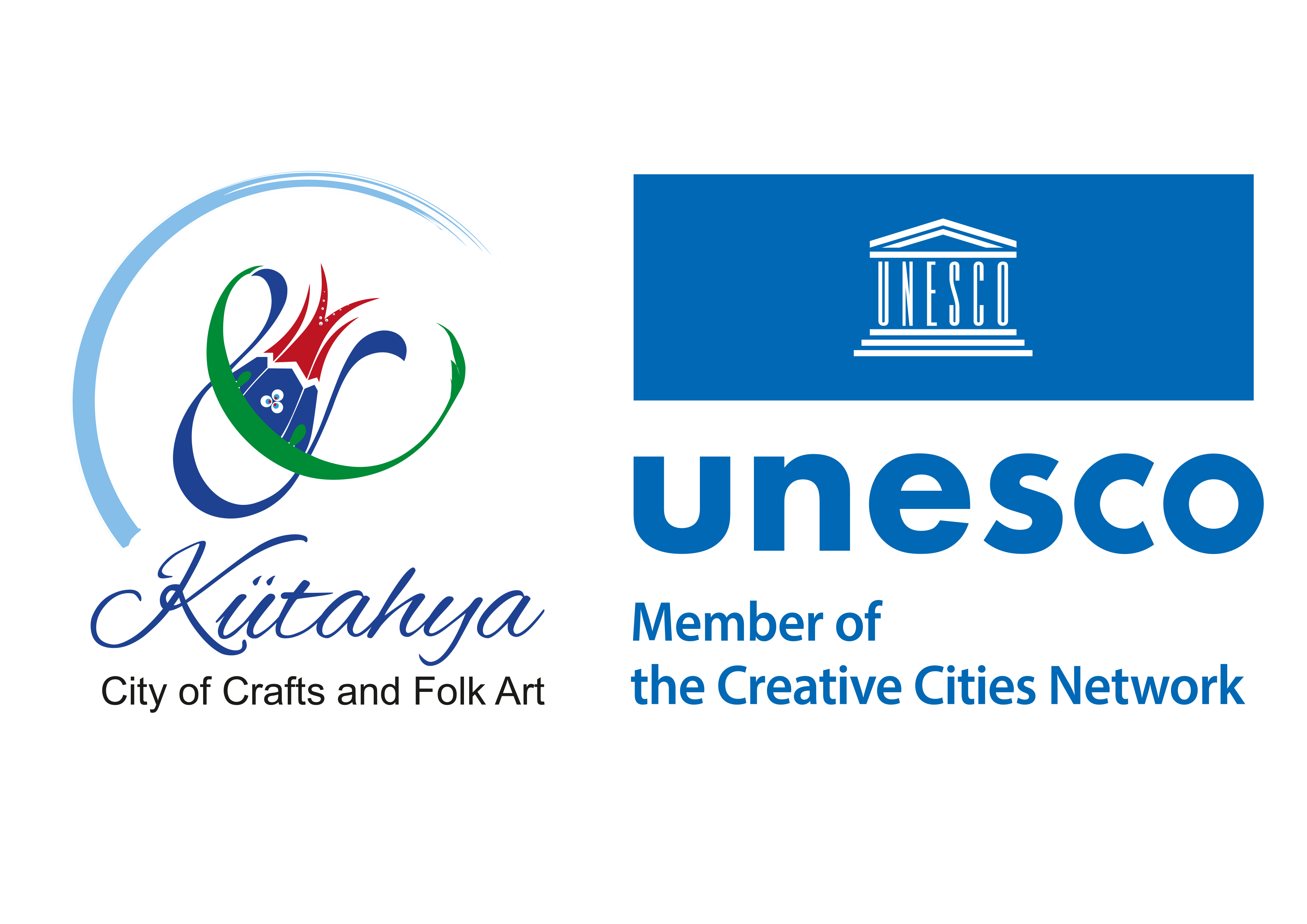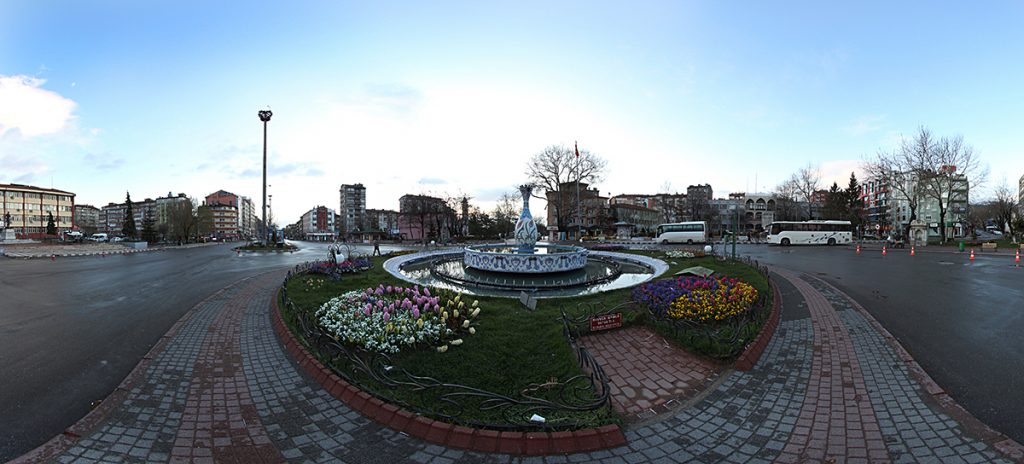Kütahya is known for its tile throughout the history. Shined with”Flowers blossom in fire”, it reflects its joy, trouble, skill on the surface of the ceramic… It is the city of Evliya Çelebi. Well known explorer took his first steps in Kütahya even though he has explored around the world. Çelebi’s hometown still carries traces of the Ottoman Empire. Mızık Pine, on which Prince Osman’s grandmother put a hammock and make her grandson sleep,can still be seen in Ilıcaksı, Domaniç. This monumental pine tree is protected by the Ministry of Culture and Tourism. Just ahead, you can see jumping trouts in boiling water under big plane trees about which the elders tell thousands of stories. A breath of plateau from beyond reaches to you. Legends fly and catch you. Maybe the thing, that gives power of the words to Evliya Çelebi, is this breath rising from Kütahya. Today, Sarıkız legend is whispered to guests who descends into the water to eat trout and baked tahini halva in the stew: Sarıkız, who came to Domaniç on the call of bearded grandfather she saw in her dream, got lost under a poplar tree and a fountain arose from there when she realizes that she will be caught by his big brothers. Since from then that water flows and feeds the history of the city just as believes and traditions.
This ancient city shares its beauties with you generously whenever or from wherever you go there. In summer, if you go to Kütahya from Bursa-İnegöl-Domaniç-Tavşanlı route, nature will provide scenes like painting throughout the journey. In autumn, you can’t get enough of the colors of the forest. Red hornbeam trees, yellow poplar trees, evergreen pine trees offer a riot of colors. If it is winter, the snow on trees, rivers and hills give you peace. In the spring when the earth is awakening again, you can’t have enough of variety of green hues, the sound of the rivers and the taste of the water in the mountain fountains. If you have water bins in your car, fill them and share this taste with your friends.
You will live the past and the present in Kütahya at the same time with short transitions. While passing the Phrygian Valley on foot or by bike you will be greeted by chimney rocks similar to those in Cappadocia. This land is the place where the works remained from the Phrygian civilization were born. Flocks of storks descending to the Porsuk Dam Lake in spring have been passing the same migration route for thousands of years.
In the mansion that is converted to a museum with the name of The Hungarian House in the center of Kütahya, you will witness the story of the Hungarians stayed here until 1851 after becoming refugee in the Ottoman Empire in 1849. This house was converted a museum in the memory of Hungarian freedom fighter Lajos Kossuth and his friends. You can find famous tefebaşı and bindallı (traditional wedding dresses) in the restored houses on the Germiyan street. You can give a lunch break in Ispartalılar Mansion around which there are lots of shops. Here you should try special Kütahya foods such as meat stew, spit roasted meat and rubbed noddle soup, rose pudding, home made baklawa, stuffed dried green pepper with meat, chickpea pastry, ravioli and triangle shaped special pastry.
Kütahya tiles are known as also flowers that blossom in fire. These works of art, which have been produced for centuries, have led to the signing of the first collective agreement between the workers and employers of the history in 1776 in Kütahya. Evliya Çelebi wrote in his famous travelogue, Seyahatname, that the bowls, cups, pots and jugs produced here are unique. In Kütahya, a ceramic paradise, there are nearly 500 tile workshop except for porcelain and ceramic factories. Tiles, that are illustrated and baked one-by-one by hand especially by ladies, spread all over the world as a souvenir by jumping into the bags of the tourists that visit the city. New mosques and masjids are also ornamented with Kütahya tiles. The most famous among them is Tiled Mosque, built in 1973. If you would like to buy some tiles or goods made by tiles it is better for you to visit the”Ottoman Tiles” workshop of UNESCO awarded Sıtkı Olçay who died in 2010. But the workshop is still run by his daughters.
Kütahya is very rich in terms of geothermal resources. Göbel thermal springs that leans to Eğrigöz Mountain and Yoncalı thermal springs that is located between Tavşanlı and Kütahya and offer services since Seljuqs provides attractive options for alternative vacation in Kütahya with their comfortable accommodation.


